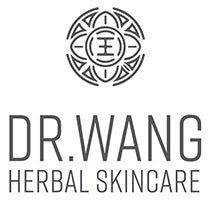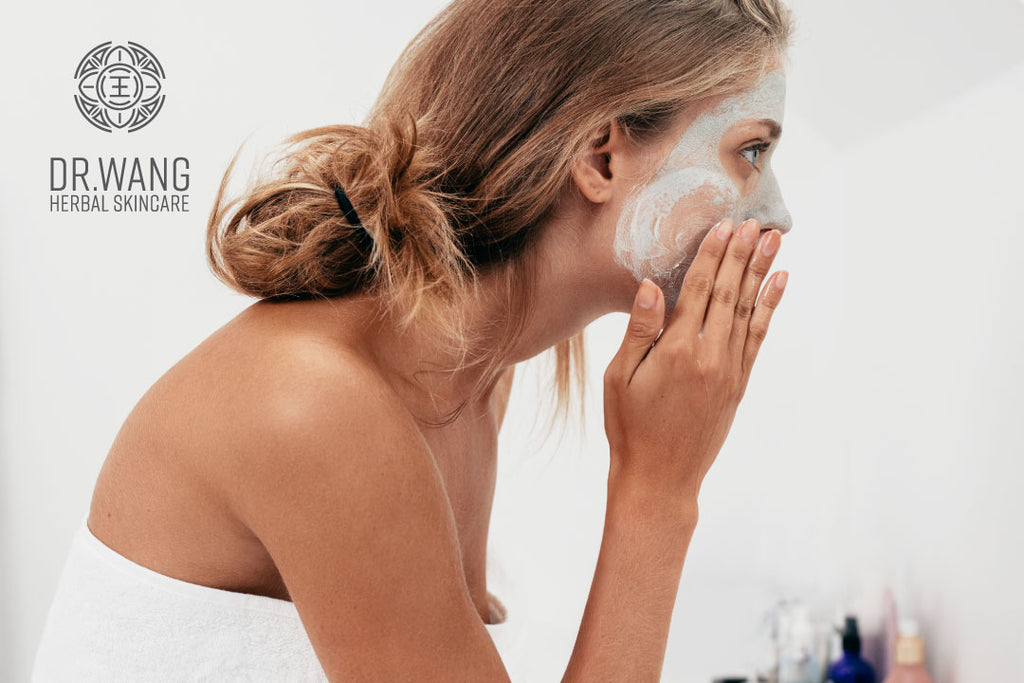When You Should Stop Using a New Product
There is nothing more disappointing than getting excited about a new product just to use it and experience a negative reaction. This can be especially confusing since some products (like retinol, and chemical exfoliants) can make the skin worse before it gets better. However, an allergic reaction to new skincare products tends to look very similar to that.
So how do you know if you’re having an allergic reaction or a normal one? When should you stop using a new product, and is “purging” actually real? Let’s take a look.

Is Purging Real?
A lot of people complain about purging as it relates to the addition of new products into your routine. Skin purging is what happens when your skin gets worse after introducing a new product into your routine, and it is caused by an accelerated rate of exfoliation. This most commonly occurs when using products that are treatments for things like acne, aging, and dark spots. That is because those products contain different kinds of retinoids and alpha hydroxy acids like glycolic, lactic, malic, mandelic and fruit acids. People use these products to exfoliate and regenerate their skin. The comedones under the skin move quickly to the surface due to cell turnover, which purges the clogged pores in order to clean them out. This means that there will be an adjustment period where your skin gets worse before it gets better.
Purging does not happen to everyone, but if it does happen to you there are ways to avoid it (or at least make it better.) In order to prevent purging, you should start slowly and build up a tolerance to the product over time, instead of overloading your skin with new active ingredients as soon as you get time. “First, people need to keep in mind that you won’t see the results for the first few weeks of usage. Other than using a product with a reduced concentration in sensitive cases, we often prescribe the use of calamine that helps balance the pH levels and works as a barrier,” Mumbai-based dermatologist Dr. Bharti Magoo explains to Vogue.

Breakouts
Now, this is where things can get a little tricky because breakouts also can be a sign that you should stop using a product. But there’s a difference! Acne breakouts appear in the form of blackheads or whiteheads, and those eventually become red, inflamed, and sometimes painful cysts. Whereas purging will show up on the skin as small skin-colored bumps that are beneath the surface of the skin. Another good way to tell purging apart from acne is the location of the breakout. Purging is most likely to occur in the areas of the face that you normally get acne, this includes the jawline or lower cheeks. Acne caused by purging has a faster turnover rate as well when compared to a normal breakout. If you’re experiencing acne in an area where you don’t typically get it (like your forehead for example) this is a sign that your new product is what is causing the breakout.

Skin Irritation
There is an old saying that goes “the burn means it’s working.” This mentality should definitely NOT be applied to your skincare routine when introducing a new product. A little bit of tingling is fine but if it grows to be more intense, painful and uncomfortable, that is the sign of an allergic reaction. "You should never get worse before you get better," says NYC-based dermatologist Neal Schultz, M.D., host of DermTV and founder of BeautyRx Skincare tells Glamour.
“The transformation of the skin takes four to six weeks, as that is the time needed for skin regeneration. If it’s a generalized discomfort or itching, hold on. But if it’s a sudden rash at a localized place and is well defined, it’s a reaction,” Dr. Batul Patel, Medical Director and dermatologist of The Bombay Skin Clinic explains to Vogue.
It’s not uncommon for products to cause a little bit of redness but if that redness is accompanied by a rash that lasts for a few days, it’s time to return the product. If you are experiencing a persistent rash "apply an over-the-counter hydrocortisone ointment twice daily for a few days," says Joshua Zeichner, M.D., a dermatologist in NYC and Director of Cosmetic and Clinical Research in Dermatology at Mt. Sinai Hospital tells Glamour.
Bottomline
If you’re experiencing either breakouts or irritation from a product, it’s time to take it back!
Steven Wang, MD and Gui Wang, LAc have been working together for over 20 years to provide potent, herbal remedies for spas and individuals around the world. The father-son duo mixes Traditional Chinese Medicine (TCM) with cutting edge scientific advances with the aim of bringing relief, comfort, and happiness to our customers. Our products are the result of decades of dedicated research.
We believe that utilizing both modern Western medicine and time-honored Eastern medicine allows us to provide unique skincare solutions. To learn more, read what experts from The New York Times, Allure, Reader’s Digest, and more have to say about our revolutionary products.




